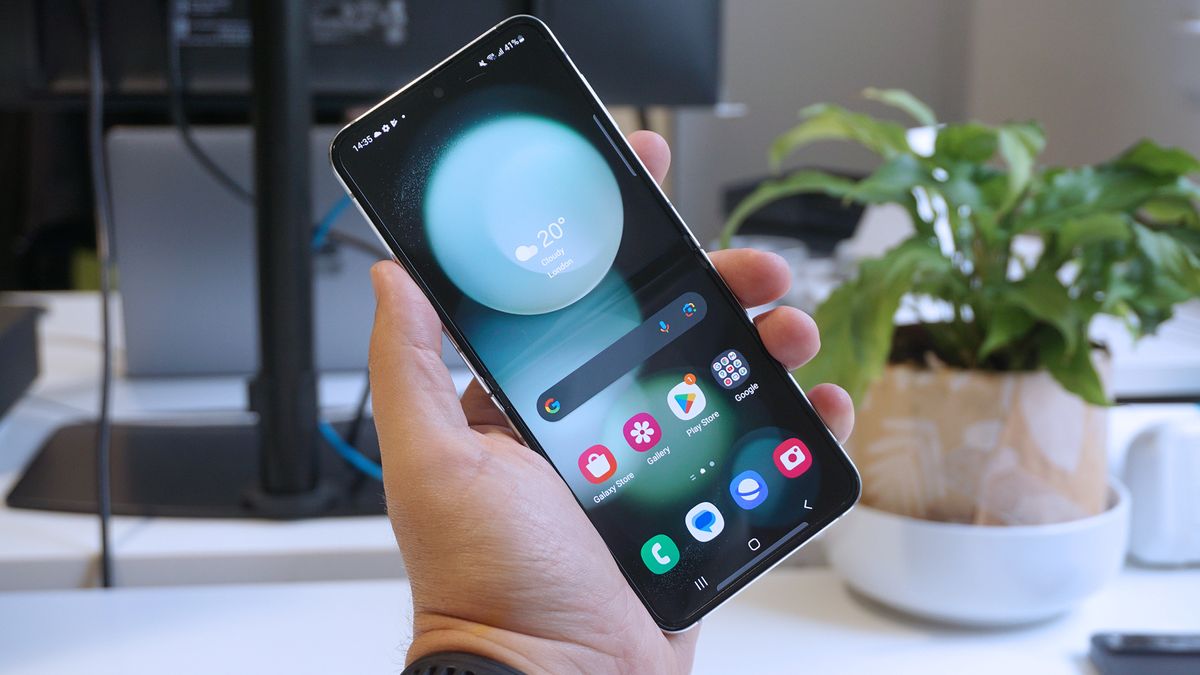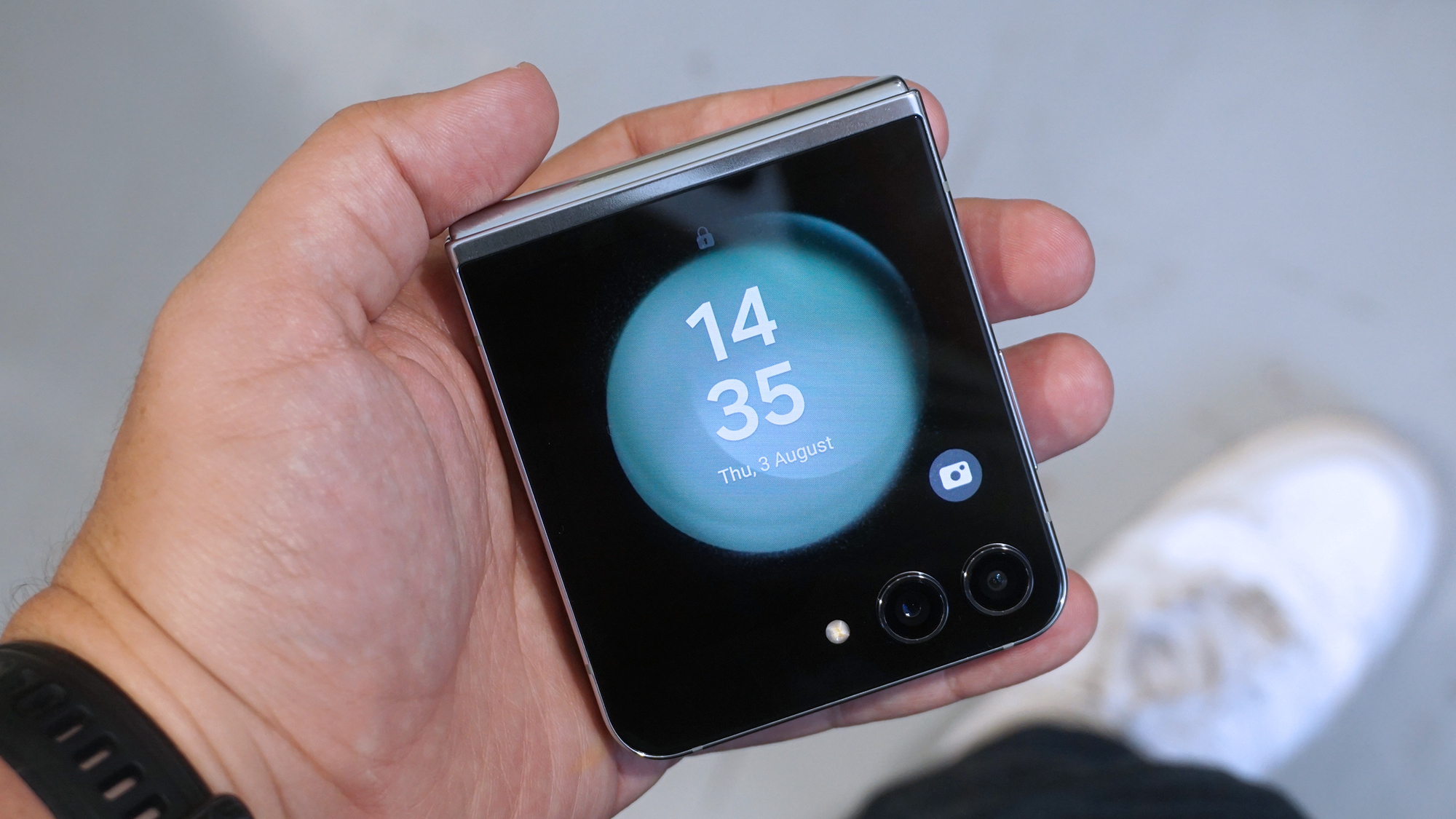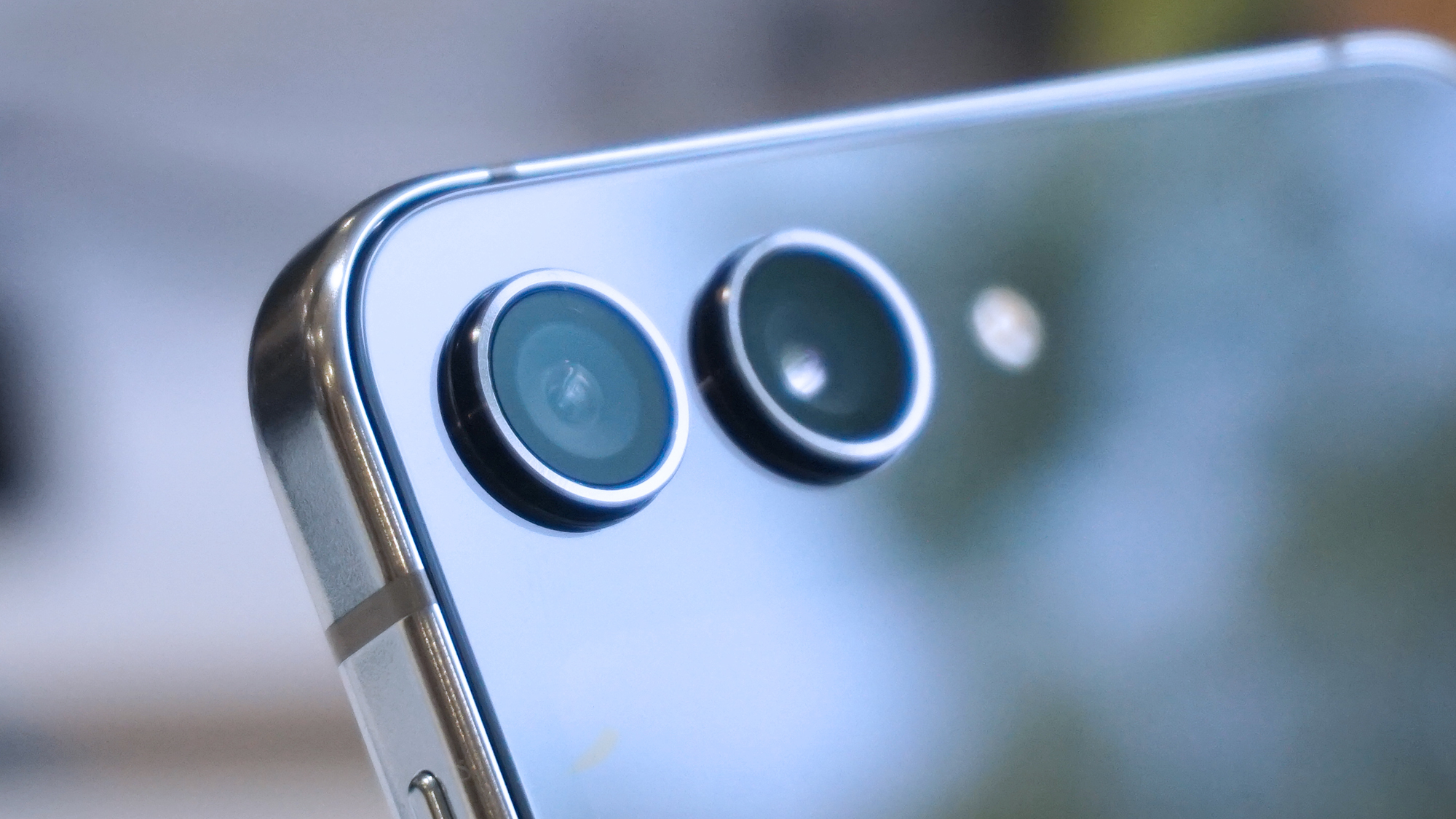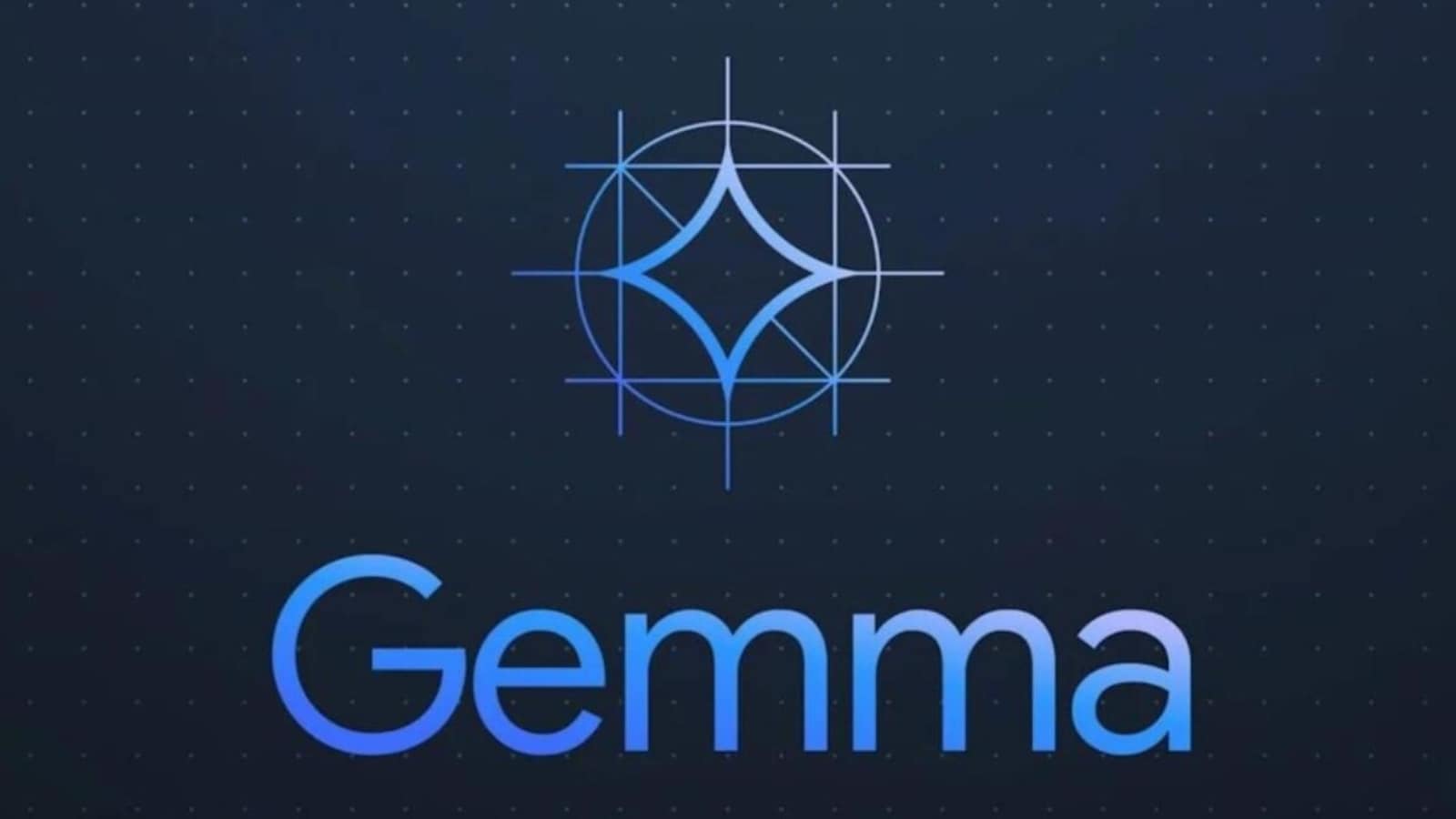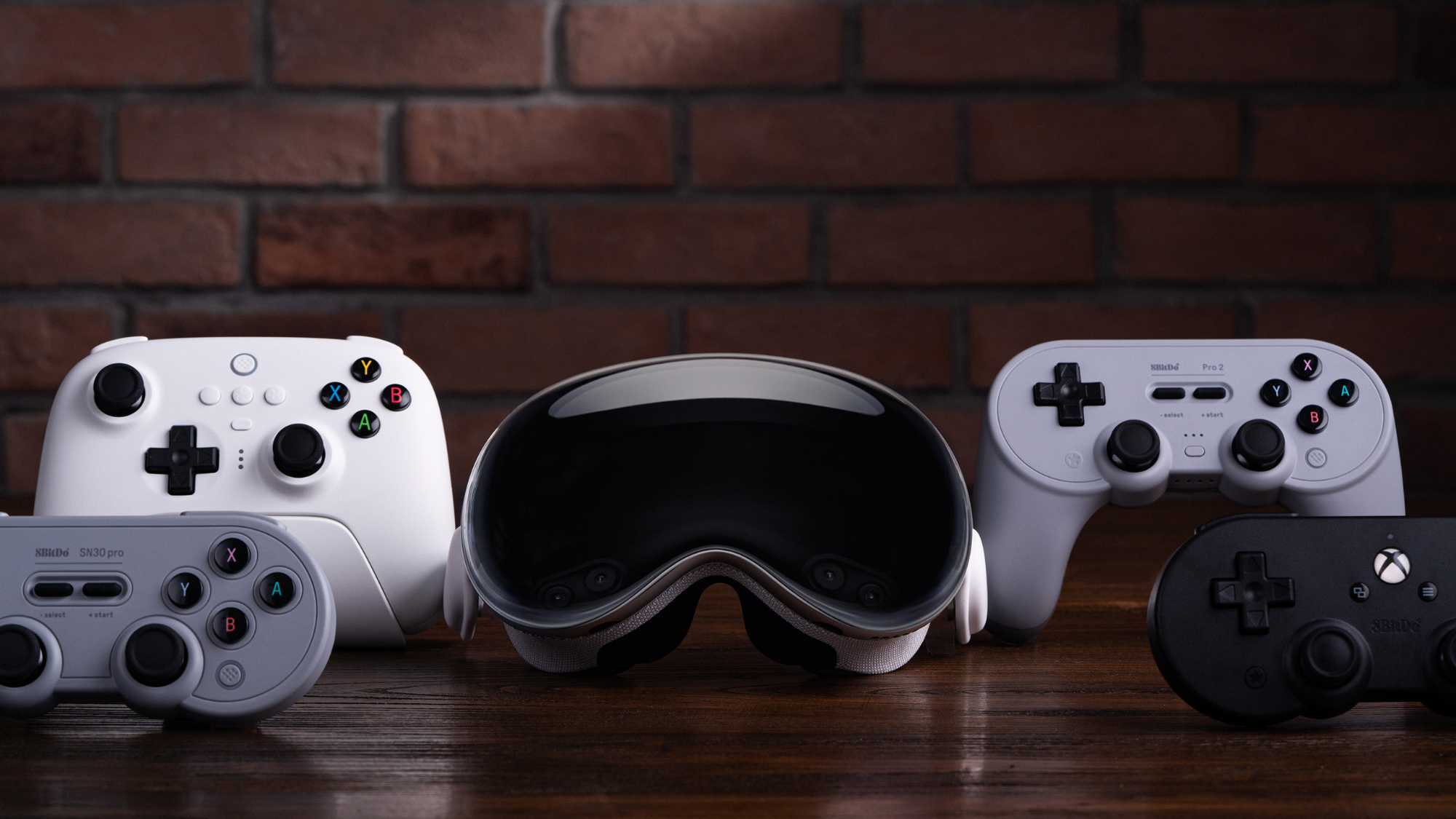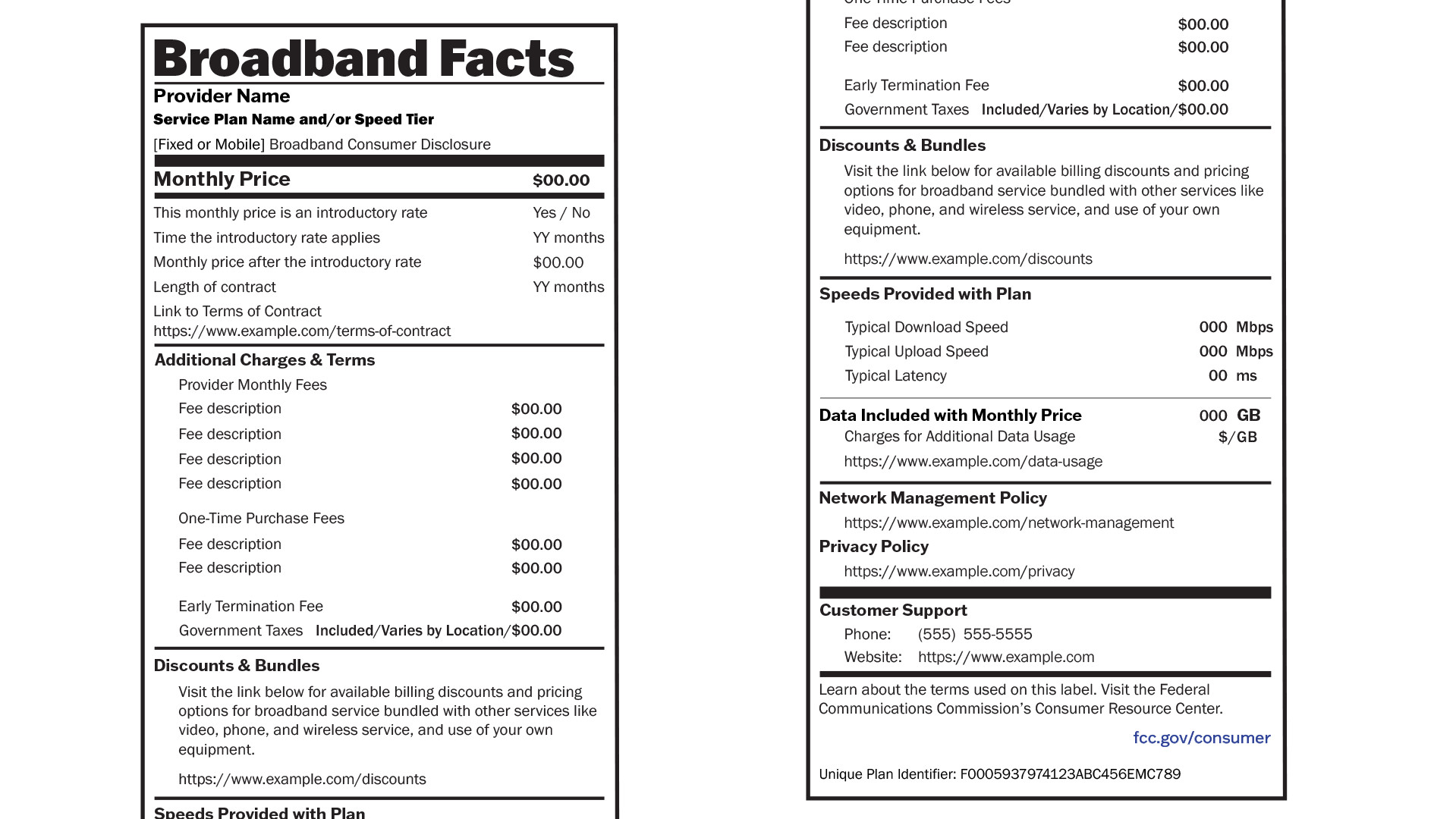Samsung Galaxy Z Fold 6 may not get the camera upgrade it badly needs
[ad_1]

The Samsung Galaxy Z Fold 6 could come with the same camera hardware as its predecessor, the Galaxy Z Fold 5, and spell disappointment for foldable phone fans.
Reliable tipster Ice Universe posted on X that not only will the rear camera configuration of Galaxy Z Fold 6 be the same as before, but the front camera and under-display snapper could also sport last-generation specs.
In response to the post, users shared their disappointment and their hopes that the rumored Galaxy Z Fold 6 Ultra could counter this tip and bring in camera specs more in line with its speculated premium design.
The camera configuration of Galaxy Z Fold6 is exactly the same as that of Fold5. Whether it’s the rear camera or the front camera or UDCApril 8, 2024
Last year’s Galaxy Z Fold 5 also used older hardware from its predecessor the Samsung Galaxy Z Fold 4, so it’s no wonder fans are disappointed this next-generation foldable could be using the same dated two-year-old camera technology.
This means we can expect to see the same 50MP f/1.8 main camera, 12MP f/2.2 ultra-wide, and a 10MP telephoto f/2.4, equipped with an OIS, and a 3x optical zoom. While on the front, the phone could stick with the same 10MP f/2.2 selfie and 4MP f/1.8 under-display cameras.
While these specs aren’t bad, they are less capable than the cameras used on the OnePlus Open and the Vivo X Fold 3 Pro, showing that the Galaxy Z Fold 6 could be at risk of falling behind, especially when the Google Pixel Fold 2 and the OnePlus Open 2 are expected to be released later this year.
However, the Samsung Galaxy Z Fold 6 cameras could still feature some improvements despite using dated camera hardware. The camera could receive some modest upgrades like faster capture, as well as smart photo enhancements if it uses the Snapdragon 8 Gen 3 chip.
The battery for the Galaxy Z Fold 6 according to a previous post from Ice Universe is an underwhelming 4,400mAh battery which also appears to be another carryover from the Samsung Galaxy Z Fold 5 and is already smaller than what you’ll find on the OnePlus Open or Google Pixel Fold.
All our hopes on Ultra
Previous rumors point to the Samsung Galaxy Z Fold 6 being one of two foldables that we are likely to see announced around July or August at the next Samsung Galaxy Unpacked event. This could be either a cheaper Samsung Galaxy Z Fold 6 FE or a higher-spec Galaxy Z Fold 6 Ultra.
The Samsung Galaxy Z Fold 6 Ultra is believed to function like a combination of the Galaxy Z Fold series while integrating features from the Samsung Galaxy S24 Ultra; like its premium build, built-in S Pen, and 200-megapixel camera.
If the Galaxy Z Fold 6 uses some of the same hardware as its predecessor, it’s no surprise Samsung fans are crossing their fingers that the Galaxy Z Fold 6 Ultra turns out to be a reality as it could provide the upgrades fans feel the standard Galaxy Z Fold 6 could be lacking. However, they might want to note that aside from it probably cost more than the Galaxy Z Fold 5’s $1,799.99 / £1,749 / AU$2,599, the Galaxy Z Fold 6 Ultra may only launch in South Korea.
However, if you are looking at picking up a foldable phone right now, check out our list of the best foldable phones.
You may also like
[ad_2]
Source link



